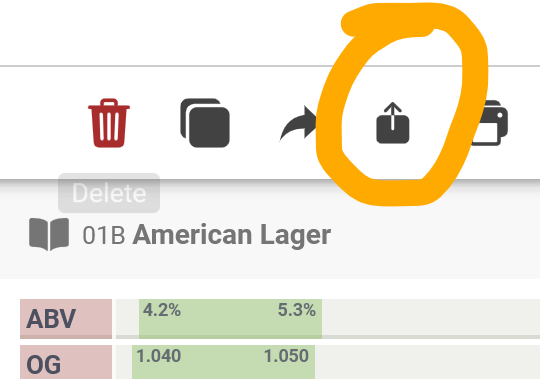- Joined
- May 6, 2025
- Messages
- 286
- Reaction score
- 222
Good morning all,
Today I will be brewing with Brewfather for first time.
I'd like to see if others can view a Brewfather profile from the link
In particular, I'd like comments on the ratio of strike water to sparge water. It's 15 liters to 10 liters, which seems like a lot to me.
https://web.brewfather.app/tabs/recipes/recipe/DGgfAKFV6GQI0HzjVu8X1sz74gAR1l
Today I will be brewing with Brewfather for first time.
I'd like to see if others can view a Brewfather profile from the link
In particular, I'd like comments on the ratio of strike water to sparge water. It's 15 liters to 10 liters, which seems like a lot to me.
https://web.brewfather.app/tabs/recipes/recipe/DGgfAKFV6GQI0HzjVu8X1sz74gAR1l


































![Craft A Brew - Safale S-04 Dry Yeast - Fermentis - English Ale Dry Yeast - For English and American Ales and Hard Apple Ciders - Ingredients for Home Brewing - Beer Making Supplies - [1 Pack]](https://m.media-amazon.com/images/I/41fVGNh6JfL._SL500_.jpg)
























